B’KLYN GALS SEEK LEAP YEAR COWBOYS (1912)
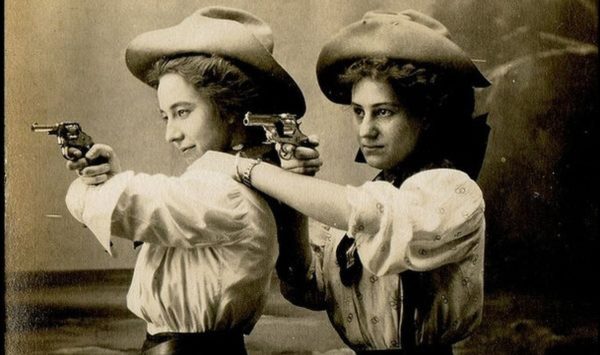
******************************************************************************************************************************** Brownstone Detectives investigates the history of our clients’ homes. The story you are about to read was composed from research conducted in the course of one of those investigations. Do you know the history of YOUR house? ******************************************************************************************************************************** “Come on boys; don your riding chaps, brush up your sombrero and dig out your rusty six-shooter and look-like a moving picture hero!” So started the article in the Sacramento Bee in April of 1912 about two Brooklyn sisters who were looking far afield for long-distance leap year affairs. Alma and Lou Bahn of 546 Washington Avenue, a boarding house between Fulton Street and Atlantic Avenue known as The Berwick, were taking this leap year business seriously, it seemed, and the men of the borough of Brooklyn, it seemed, could not hold down the sisters’ adventuresome spirits. “They want to correspond with you and perhaps the corresponding may lead to love and to the altar,” continued the Bee story. “The girls apparently realize that California is overrun with cowboys and that some of them are so dare devil and roguish that they buy their chewing gum in cigar stores,” continued the Bee. “Therefore, they ask for the names of several in order that they can each pick out a ‘nice’ cowboy and not a Black Bart the second or a California Jesse James. “The Brooklyn belles do not give their ages, but their pictures indicate that they are, or were, young. That they are not idle flirts seeking to catch some […]
DRAPED IN OLD GLORY AT 159 ADELPHI (1905)
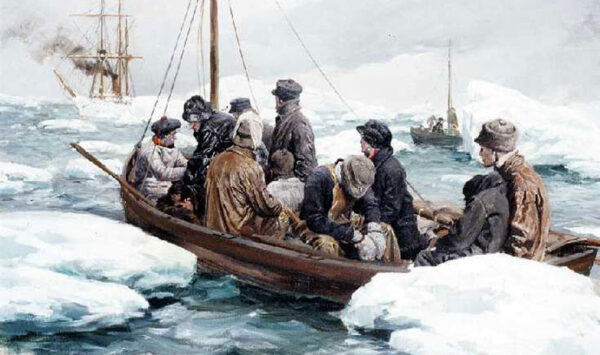
******************************************************************************************************************************** Brownstone Detectives investigates the history of our clients’ homes. The story you are about to read was composed from research conducted in the course of one of those investigations. Do you know the history of YOUR house? ******************************************************************************************************************************** “Few men have lived lives of greater adventure and achievement than John Quevedo, whose body, in a flag-draped coffin, lies at his home, No. 159 Adelphi street, Brooklyn.” So read an article in the Duluth Evening News of 9 February 1905. “Fifty years in the United States Navy, a member of the crew that, under Commodore Perry, opened Japan to Western civilization, one of Farragut’s men in the big sea lighting of the Civil War and, greatest of all, one of the gallant crew that under Schley dared the perils of the frozen North and rescued Greely from his starvation camp at Cape Sabine. Such is the record of John Quevedo. “A Spaniard born, he had been in the American Navy since he was 16. His father was a bluejacket before him, and his son fought under Dewey at Manila, and is now instructor of gunnery at the Brooklyn navy yard. “For the past decade John Quevedo has been the storekeeper at the navy yard ever since a shell fell on his feel on board the Boston and incapacitated him from further active service. Two weeks ago the veteran was attacked by paralysis and gradually sank into death.” A GREELY RESCUE HERO “Of all his adventures, he spoke most proudly of […]
THE RENTERS OF CARROLL GARDENS (2017)
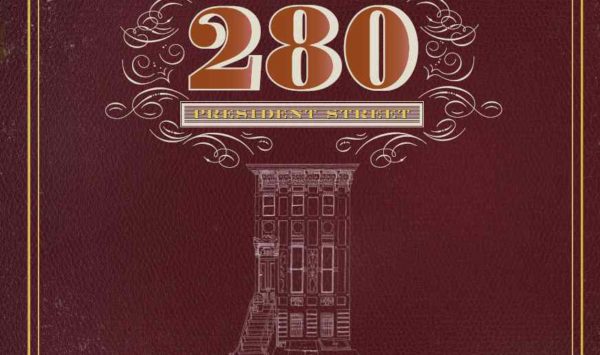
“A British cheese dealer, a newsman who predicted his own death, a leather merchant with a penchant for chorus girls, an alleged wife murderer, a German dentist with political aspirations, a Norwegian hero tugboat captain, and an Italian bomb builder…” These are many of the characters who were discovered during the recent investigation into the history of a Carroll Gardens brownstone. The historic property, No. 280 President Street, is an 1880 brownstone that was, additionally, built by a man who turned out to be the product of a clandestine relationship that rocked Brooklyn in the 1870s with stories of challenged wills, mental illness, and “other” women, presented under such headlines as “BEDEVILED” and “DRAKE’S WILL: His Illegitimate Children Most Carefully Provided for.” For nearly 100 years after the house was completed, No. 280 served its various owners as a rental property. The first owners to actually live in the home, Joachim and Eunice Auer, purchased it in 1979. After navigating redlining, remediating a rat and termite infestation, and entering into a year-long renovation, the Auers settled into enjoying their 2-story and basement home directly across the street from Carroll Park. While the Auers had always been interested in the history of their house (indeed, it was one of the reasons that they bought the house), and after doing some amount of research themselves, they decided to find someone who could more fully track down the history of their home. They turned to a detective – a Brownstone Detective. After a year […]
WHEN BROOKLYN’S SUBWAYS WERE CAVING IN
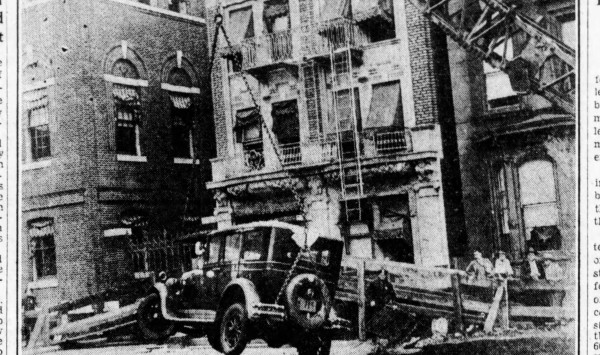
Back in the day, when subways were being dug throughout the city, cave-ins were a common occurrence. Very often these cave-ins were caused by water leakage or seepage, or heavy rains. As such, the City began to run drainage water in overhead tubes to keep the area near the subway digs in-tact. Follow @BrownstoneDetec ———————————————————————————————————————– The Brownstone Detectives The story you have just read was composed from historical research conducted by The Brownstone Detectives. It was uncovered during the extensive research that our clients commission us to perform on their historic homes, research which culminates in the production of one of our celebrated House History Books. If you are interested in discovering the history of your home, contact us today.
THE HIPSTERS OF WARTIME FORT GREENE (1864)
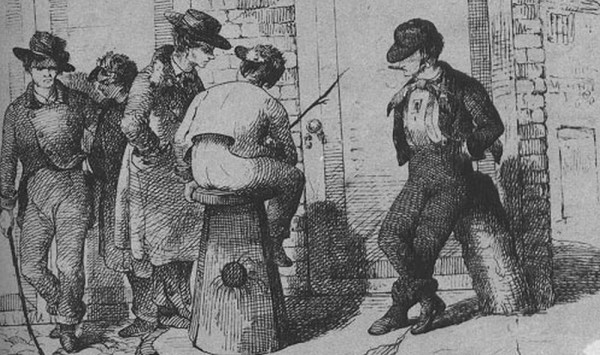
******************************************************************************************************************************** Brownstone Detectives investigates the history of our clients’ homes. The story you are about to read was composed from research conducted in the course of one of those investigations. Do you know the history of YOUR house? ******************************************************************************************************************************** “I lean and loafe at my ease observing a spear of summer grass.” Walt Whitman wrote this line at the beginning of the poem that later became “Song of Myself.” Whitman was a self-styled loafer. And, in the mid-1800s, loaferism was not a very popular pastime – excepting, of course, with the loafers. Loafers, to bring the term into a modern day focus, were the rowdy hipsters of their times – non-conforming, proudly different, and not at all afraid to show it. “…(T)he age abounded in loafers. There were literary loafers, Yankee loafers, French loafers, genteel loafers, common loafers, and country loafers, among others…” noted Michael Zakim a paper entitled, The Business Clerk as Social Revolutionary; or, a Labor History of the Nonproducing Class. “(L)oaferism was essentially a metropolitan phenomenon,” he continued, “haunting the city’s sidewalks, wharves, museums, and parks, and serving as a ready epithet for anyone needing to hurl an insult.” And insults and rowdyism seemed to be what they did best. The newspapers are filled in ante- and post-bellum times of accounts of loafers, how bad they were, and what the good, upright, and moral citizens were to do about them. “Loafers were known for cursing without shame and for smoking cigars,” Zakim noted. “They cared little for […]
A CURE FOR WEALTH ON CLINTON AVE (1895)
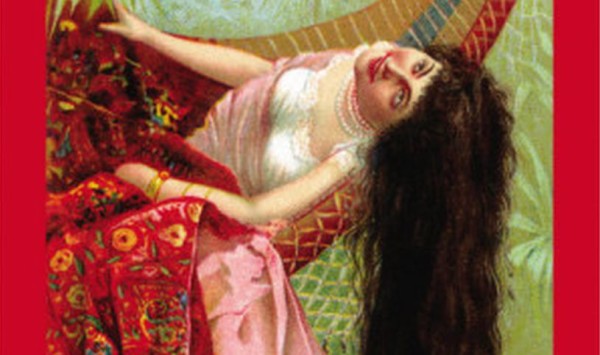
******************************************************************************************************************************** Brownstone Detectives investigates the history of our clients’ homes. The story you are about to read was composed from research conducted in the course of one of those investigations. Do you know the history of YOUR house? ******************************************************************************************************************************** Along an avenue shaded with tall oaks and plane trees once sat the home of a rich old recluse who’d been swindled of nearly all of her life’s savings in her declining years. A “tumble down” and “badly dilapidated old three story frame house,” the structure “stood forlornly upon the lot at 439 Clinton Avenue in Fort Greene,” noted the Brooklyn Daily Eagle. The roof of the house was “surmounted by a queer little cupola, and the whole structure looks as if it might fall in at any moment.” In short, the Eagle sardonically noted, the house looked as if the owner, Mrs. Caroline Barry, had lived in it ever since the death of her husband “without either painting it or repairing it in any way.” The Eagle was likely going a bit over the top with regards to the house’s condition, as it seemed much out of place situated between stately structures of brick and brownstone all along Clinton Avenue. But as the house has been gone for more than 100 years now, it is impossible to know what its actual state was for certain. What we do know, though, is what it looked like from a drawing done by the newspaper and from Sanborn Fire Insurance maps. From the […]
THE “GOODFELLAS” OF CUMBERLAND STREET
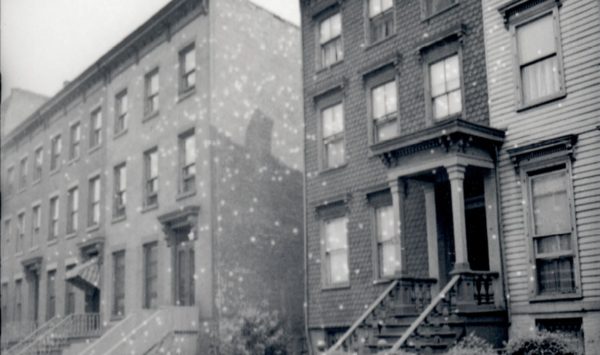
One of the Brownstone Detectives’ first House History Books, No. 231 Cumberland Street: The Story of a House, tells the story of an 1852 antebellum frame home just steps from Fort Greene Park. It’s an action-packed tome, replete with treachery, “poudrette,” “small art,” SROs, and the gangland figures from “Goodfellas.” Here is a brief timeline of the history of this single landmarked property, matched up with “spreads” from the book: THE HISTORY OF A BROOKLYN HOUSE The land beneath which No. 231 would someday rise, started out as a tobacco farm owned by the first Italian immigrant to New York, Pietre Cesare Alberti. The farmland would eventually be built upon in 1851-2, when builder John Ross constructed a row of three homes there. First owned by a woman with a tragic history, a melodrama involving treachery, another man, and an infant daughter – which became the gossip of the newspapers of the time – No. 231 was rented out throughout the the 1850s and 1860s, in addition to many returning Civil War veterans, to merchants and their small families. One of those merchants featured prominently in the founding of the Lafayette Avenue Presbytery Church. Before this, however, he had begun his interesting career as a Night Soil Man – starting a company which, amongst other “agricultural” endeavors, collected human excrement from the backyard privvies of Brooklyn, selling this “compost” to Long Island farmers as the appropriately – if euphemistically – named “poudrette.” The property was then owned by an immigrant, […]
COULD COLORED MEN PUT OUT FIRES? (1898)
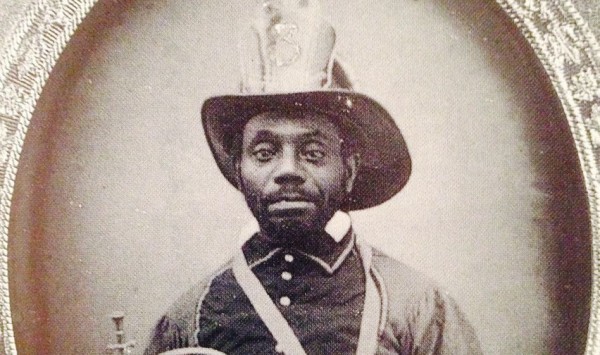
******************************************************************************************************************************** Brownstone Detectives investigates the history of our clients’ homes. The story you are about to read was composed from research conducted in the course of one of those investigations. Do you know the history of YOUR house? ******************************************************************************************************************************** In 1898, a Brooklyn – and New York City – “first” occurred when Fire Commissioner John Jay Scannell assigned the first black man to serve in the Fire Department in Brooklyn. William H. Nicholson, of No. 200 Myrtle Avenue, was a 29-year-old former cement tester who had been born in Virginia. He would become, in a number of ways, the precursor to the many first blacks to be “allowed” to integrate society’s historically “white” institutions in the century to follow. While, in 1891, Wiley G. Overton, another “colored man,” had been the first to be appointed as a patrolman on the Brooklyn police force, Nicholson, as a fireman, was still entering into a conflagration of his own. Patrolman Overton had found his existence on the force to be terminally difficult. Assigned to patrol the Brooklyn “colored district,” he had been transferred around to several precincts because no white officer would sleep in the same dormitory with him. His very presence in every station house had “caused trouble.” Finally, after being subjected to all sorts of “annoyances,” Overton had been “practically hounded from the force” a few years after his appointment. And it was likely that Nicholson knew this. Now, Nicholson had become the Fire Department’s unofficial test case for “colored integration.” […]
A HOOSIER DADDY IN YOUR HOUSE
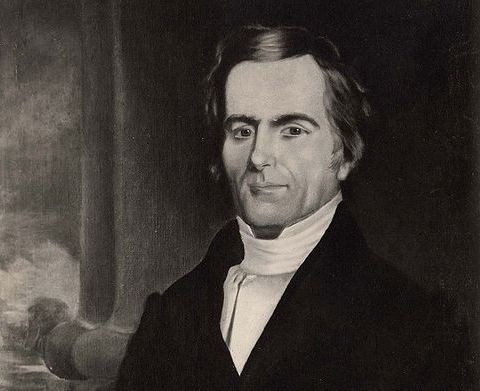
Whenever Brownstone Detectives begin researching a client’s house history, the heady rush of discovering the people who are a part of that home’s past begins to set in. Sometimes these people are formerly famous – or infamous – individuals. Or, in some instances, they had at one time been distinguished members of our society. And then, there are those who were pedestrian citizens who at one time produced families, went every morning to their jobs, and lived ordinary lives. In a recent case, after some extensive newspaper archival research and combing through documents at Indiana University, we discovered an interesting connection – a former resident, Rev. Anderson McElroy Wylie, who was a prominent Brooklyn Episcopal clergyman, in his own right, had been the son of the founding president of Indiana University, Andrew Wylie. Now, we’re not 100% certain, but wouldn’t that be the “2 Degrees of Hoosier Daddy”? ———————————————————————————————————————– The Brownstone Detectives This story was composed from research performed by The Brownstone Detectives. Let us do an in-depth investigation of your house and its former owners and produce your very own House History Book. Your hardbound coffee table book will include an illustrated and colorful narrative timeline that will bring the history of your house to life. Contact us today.